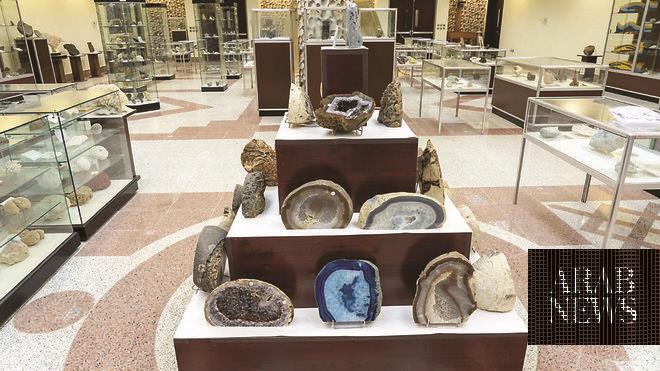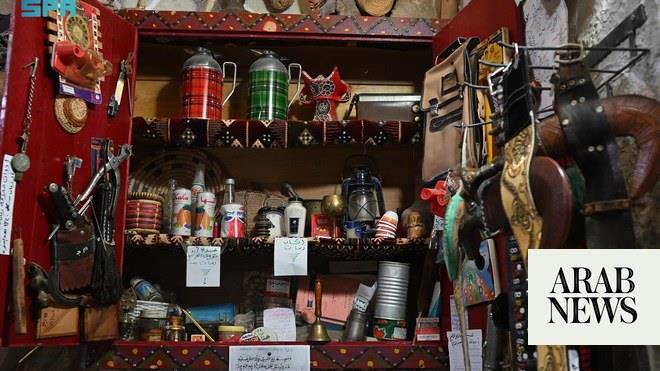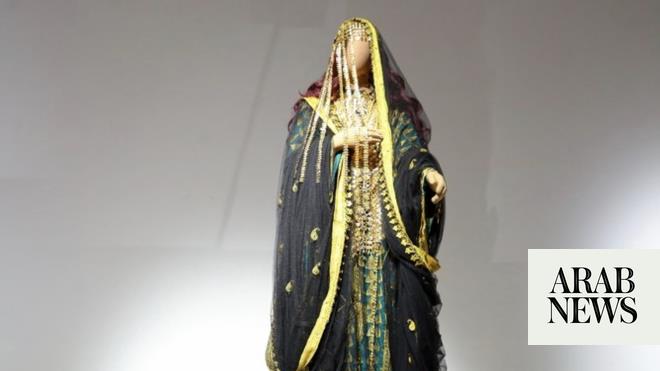
One striking aspect of the Portuguese language is its historical link with the Arabic tongue. Along the country’s southern coast, for instance, one encounters small towns with names such as Almancil (meaning ‘the house’ in Arabic) in a region called Algarve, derived from ‘Al-gharb’ or ‘the West.’ In the 8th century, Moors from North Africa occupied Portugal for nearly 500 years, leaving a lasting effect on its culture.
That effect is clearly seen in the ceramic square tiles that pepper the streets of Lisbon. Tiles are locally known as ‘azulejos’ and to understand their history, a visit to the capital’s National Azulejo Museum, which opened in the 1960s is a must. It is housed in a former convent that was founded by Queen Eleanor of Viseu in the 1500s.
Home to more than 50,000 azulejos, the museum hosts a massive panel showing a panoramic view of ancient Lisbon; a gilded church; and a chapel studded with blue-and-white tiles, surprising visitors with its architectural splendor and diversity.
“When people come to the museum, the reactions are very good,” the museum’s director, Alexandre Pais, told Arab News. “They don’t know what to expect and we are trying to make each area different, to create a variety of experiences.”
The term ‘azulejo’ comes from the Arabic word ‘zellig,’ a patterned type of mosaic tile work found in North Africa and Andalusia, Spain. “It started with the Arabs,” explained Pais. “We received azulejos in the beginning from Andalusia. The Arab heritage in Portuguese azulejos can be seen today in several aspects, including technique. For instance, we have the tradition of cutting the azulejos, which is very Arabic in terms of work.”
Originally depicting scenes from the bible, mythology and everyday life, azulejos — which were also influenced by Dutch and Chinese porcelain — were a status symbol and reserved for private spaces, such as churches. They were only externalized to the facades of buildings by the bourgeoisie in the mid-19th century, becoming a national symbol.
“The city became like a theatrical set,” said Pais. “Azulejos have a story of more than 500 years and it’s always changing. . . If you look at azulejos, you can understand the Portuguese, not just as a
society but part of our soul — what it means to be Portuguese.”












